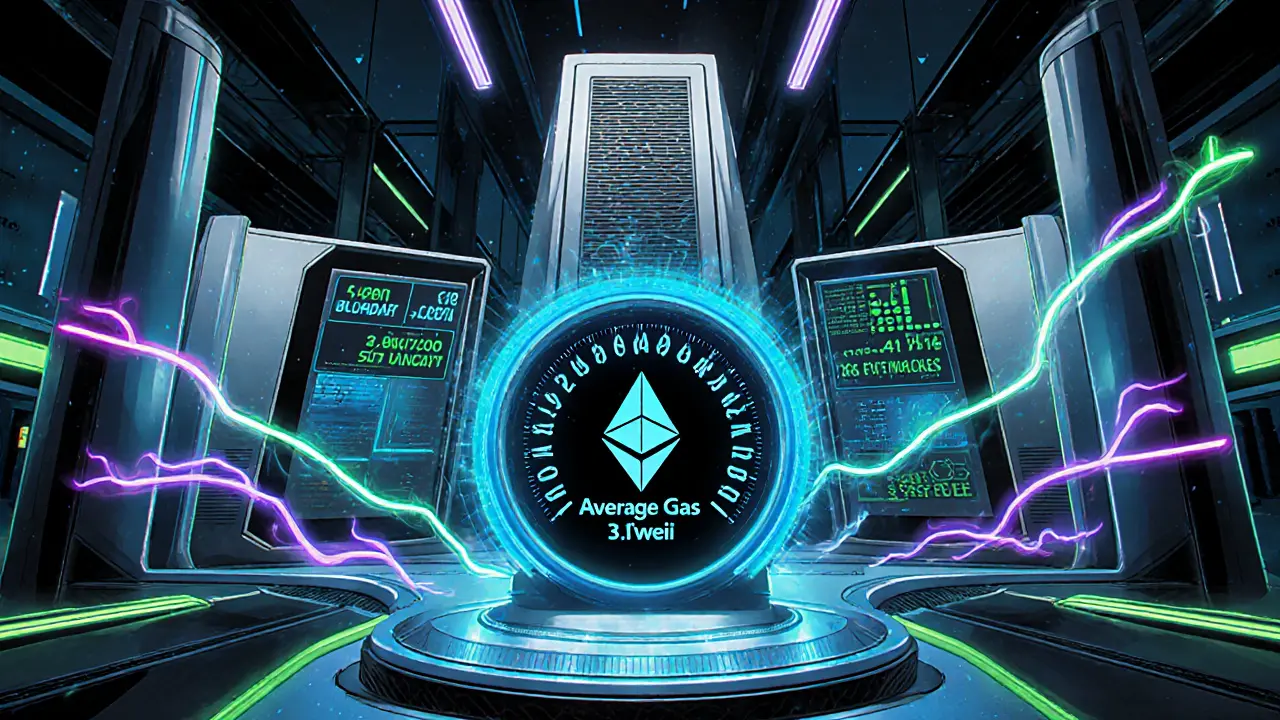Ethereum Gas Fees vs Other Platform Costs: 2025 Comparison
Explore how Ethereum gas fees dropped 95% in 2025, compare costs with Solana, Arbitrum, Optimism and Polygon, and learn practical tips to keep transaction fees low.
Continue ReadingWhen talking about Layer 2 scaling, a set of techniques that move computation off the main chain while preserving security, enabling higher throughput and lower costs. Also known as L2 solutions, it sits on top of base networks like Ethereum and lets developers avoid congestion. Rollups are the most common L2 approach, bundling many transactions into a single proof that is posted back to the base chain. Layer 2 scaling therefore helps users trade, lend, and swap without burning cash on gas.
Most of today’s DeFi apps run on congested blockchains, so transaction fees can skyrocket during peak demand. By shifting work off‑chain, L2 solutions keep fees predictable and latency low. This matters whether you’re a casual trader swapping a few tokens or a developer building a high‑frequency game. The trick is that the security guarantee still comes from the underlying chain – the L2 merely packages data more efficiently. That relationship creates a clear semantic triple: Layer 2 scaling requires base‑chain security, and encompasses rollups that increase transaction throughput.
One popular subclass of rollups is the Optimistic Rollup. It assumes transactions are valid by default and only runs a dispute‑resolution game if someone challenges a batch. This design lets it scale dozens of times faster than the base layer while keeping proof‑generation cheap. Optimistic rollups shine in applications that need a lot of data, such as lending platforms and NFT marketplaces. Their trade‑off is a longer withdrawal delay, typically one week, because the challenge window must stay open.
On the flip side, ZK Rollup (zero‑knowledge rollup) generates a cryptographic proof that instantly verifies every transaction in a batch. Because the proof is succinct, verification costs stay tiny and withdrawals are near‑instant. ZK rollups are ideal for high‑value transfers, gaming, and any scenario where privacy matters. The key attribute of ZK rollups is that they provide strong mathematical certainty, removing the need for a challenge period.
Beyond rollups, Sidechains offer another path to scaling. A sidechain runs its own consensus mechanism and periodically anchors to the main chain, giving developers more freedom to experiment with custom rules. While sidechains can achieve the highest throughput, they sacrifice some of the security guarantees that rollups inherit from the base layer. Users should weigh this trade‑off: if you need ultra‑fast gaming loops, a sidechain might be worth the risk; for asset‑critical DeFi, rollups are usually safer.
All these L2 technologies—optimistic rollups, ZK rollups, and sidechains—share a common goal: to let the blockchain handle more activity without raising fees. In practice, that means you can swap tokens, provide liquidity, or claim airdrops without watching gas meters explode. The ecosystem is rapidly expanding, with major projects like Arbitrum, Optimism, zkSync, and Polygon offering ready‑to‑use bridges. When you pick an L2, consider the trade‑offs in security, speed, and cost that match your use case.
Below you’ll find a curated list of articles covering everything from specific L2 tokenomics to step‑by‑step guides for using popular rollup bridges. Whether you’re looking for the latest price forecasts on a Layer 2‑based meme coin or a deep dive into how an optimistic rollup handles disputes, the collection gives you practical insight to navigate the fast‑moving world of blockchain scaling.

Explore how Ethereum gas fees dropped 95% in 2025, compare costs with Solana, Arbitrum, Optimism and Polygon, and learn practical tips to keep transaction fees low.
Continue Reading